11 Mind-Blowing Ways Meditation and Mindfulness Can Transform Your Life
In an era dominated by relentless technological advancement and unprecedented connectivity, the quest for mindfulness has emerged as a beacon of solace and clarity. Mindfulness and meditation, once niche practices, have steadily gained mainstream recognition for their profound impact on mental health and overall well-being. This article embarks on a comprehensive exploration of life-changing methods to elevate your mindfulness and meditation experience, delving into techniques that promise to transform how you engage with the present moment. As we traverse through these methods, each section will unravel unique insights, offering a roadmap to deepen your practice and enrich your life. Whether you're a seasoned meditator or a curious beginner, this guide aims to illuminate pathways to a more mindful existence.
1. Understanding the Foundations of Mindfulness
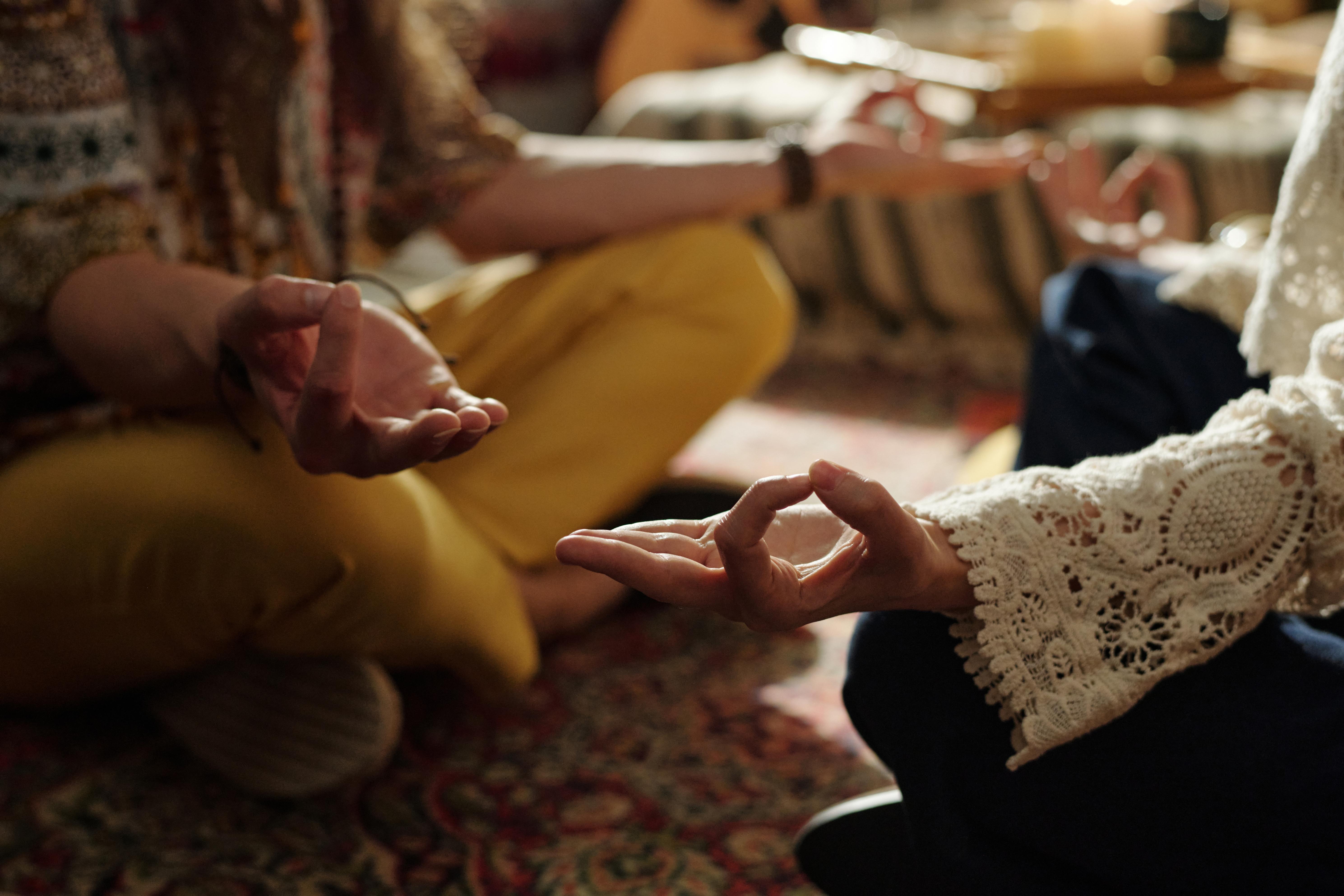
Before diving into advanced techniques, it is crucial to understand the foundational principles of mindfulness. At its core, mindfulness is the practice of maintaining a moment-by-moment awareness of our thoughts, feelings, bodily sensations, and surrounding environment. It involves acceptance, meaning we pay attention to our thoughts and feelings without judging them—without believing, for instance, that there’s a “right” or “wrong” way to think or feel in any given moment. By anchoring ourselves in the present, we can reduce stress, enhance emotional regulation, and improve our overall quality of life.
2. The Science Behind Meditation: What Happens in the Brain
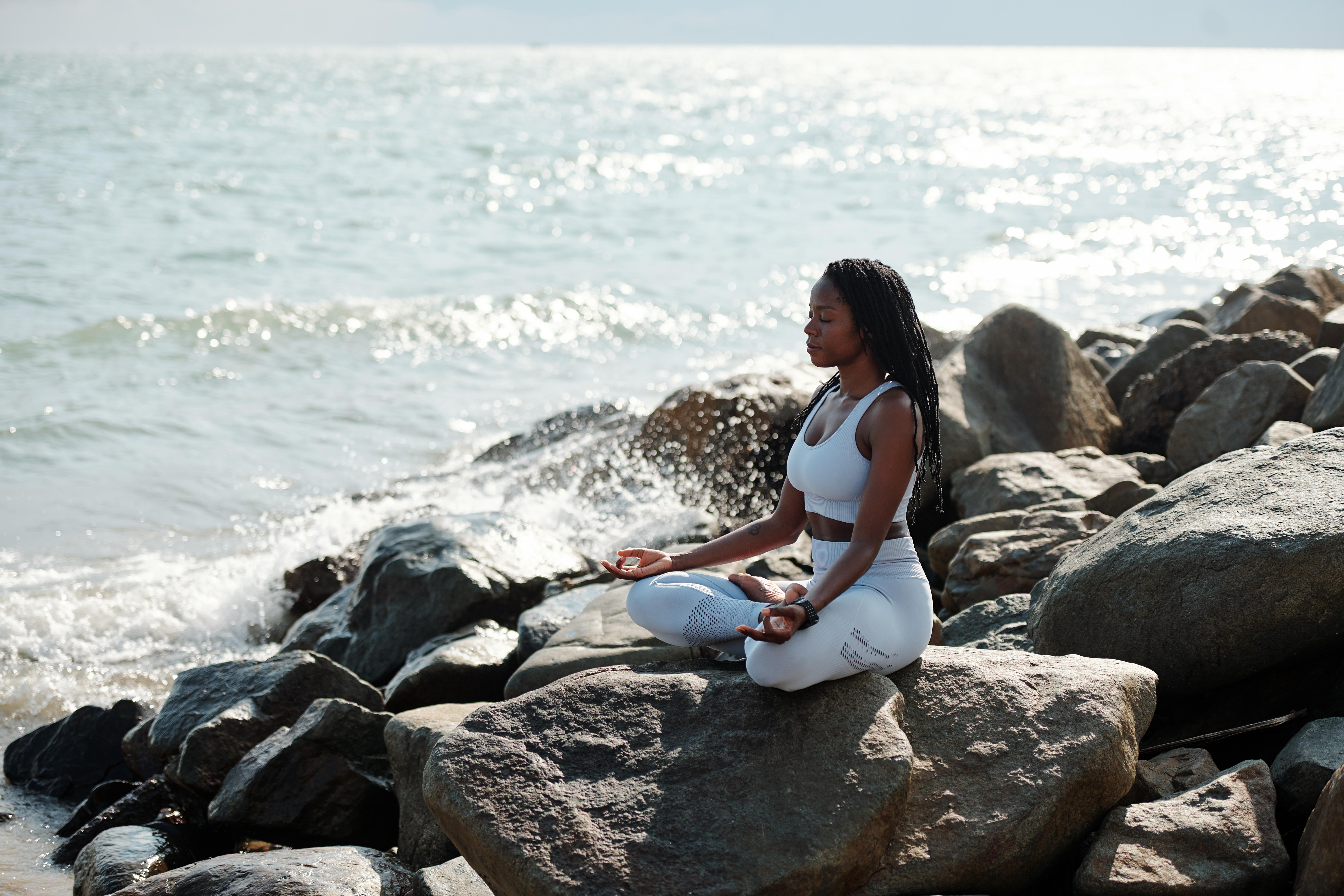
Meditation is not just a spiritual or emotional practice; it has tangible effects on the brain. Neuroscientific research has shown that regular meditation can lead to structural changes in the brain, such as increased cortical thickness and grey matter density in areas related to attention and sensory processing. Furthermore, meditation has been linked to the downregulation of the amygdala, the brain's fear center, which can lead to reduced anxiety and improved emotional resilience. Understanding these changes can motivate practitioners to maintain a consistent meditation routine, knowing that their efforts are sculpting their brain for the better.
3. Creating a Sacred Space for Practice

The environment in which you practice mindfulness and meditation can significantly impact the quality of your experience. Creating a dedicated space, free from distractions and infused with elements that promote tranquility, can deepen your practice. From choosing calming colors and incorporating natural elements to selecting comfortable seating and using scents like lavender or sandalwood, the goal is to create an oasis of calm that invites you to retreat from the chaos of daily life. By establishing a sacred space, you signal to your mind that it is time to focus inward, enhancing the depth and efficacy of your practice.
4. Breathing Techniques: The Gateway to Mindfulness
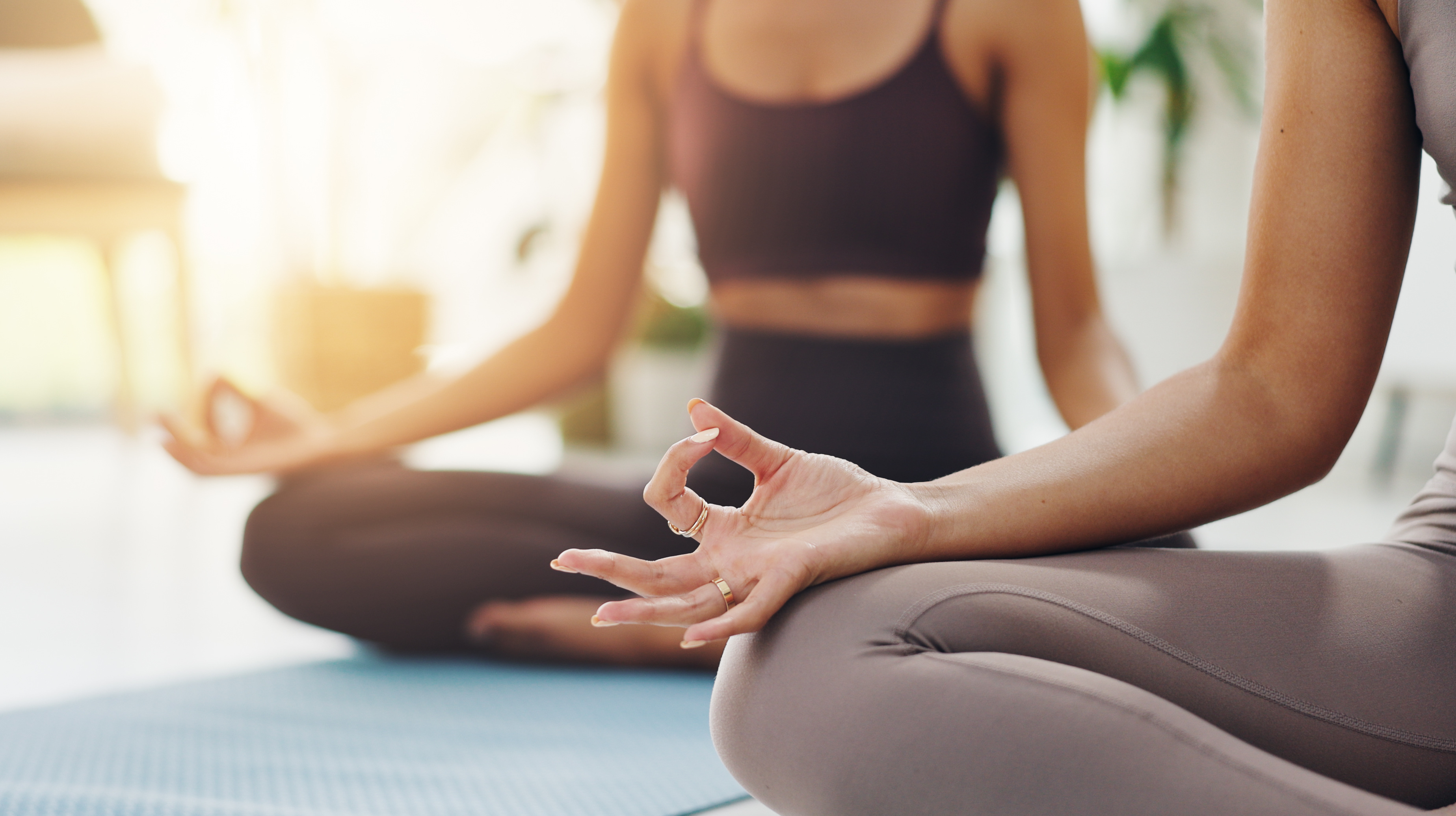
Breathing is at the heart of many mindfulness practices, serving as a bridge between the mind and body. Conscious breathing techniques can help anchor your attention, calm the nervous system, and bring you into the present moment. By mastering these techniques, practitioners can quickly shift from a state of stress to one of calm, making them invaluable tools for navigating life's challenges. Additionally, understanding the physiological effects of these breathing practices can enhance their effectiveness, empowering individuals to harness the power of breath as a tool for mindfulness.
5. Incorporating Movement: Mindful Yoga and Tai Chi

While traditional meditation often involves sitting still, incorporating movement can enhance mindfulness by fostering a deeper connection between mind and body. Practices like yoga and Tai Chi offer a dynamic form of meditation, where each movement is performed with full awareness and intention. By focusing on the sensations of the body and the flow of breath, practitioners can enter a state of meditative awareness that transcends the physical practice. Whether through a gentle yoga sequence or the graceful movements of Tai Chi, integrating movement into your mindfulness routine can provide a holistic approach to mental and physical well-being.
6. Guided Meditation and Visualization Techniques

For those who find it challenging to meditate in silence, guided meditation and visualization techniques offer an accessible entry point into the practice. Guided meditations, often available through apps or online platforms, provide step-by-step instructions that can help focus the mind and deepen relaxation. Visualization techniques, on the other hand, involve creating mental images to evoke a sense of calm or achieve specific goals. By engaging the imagination, these techniques can enhance motivation, reduce stress, and promote a sense of empowerment, making them valuable tools for both beginners and experienced meditators.
7. The Role of Mindful Eating in Meditation
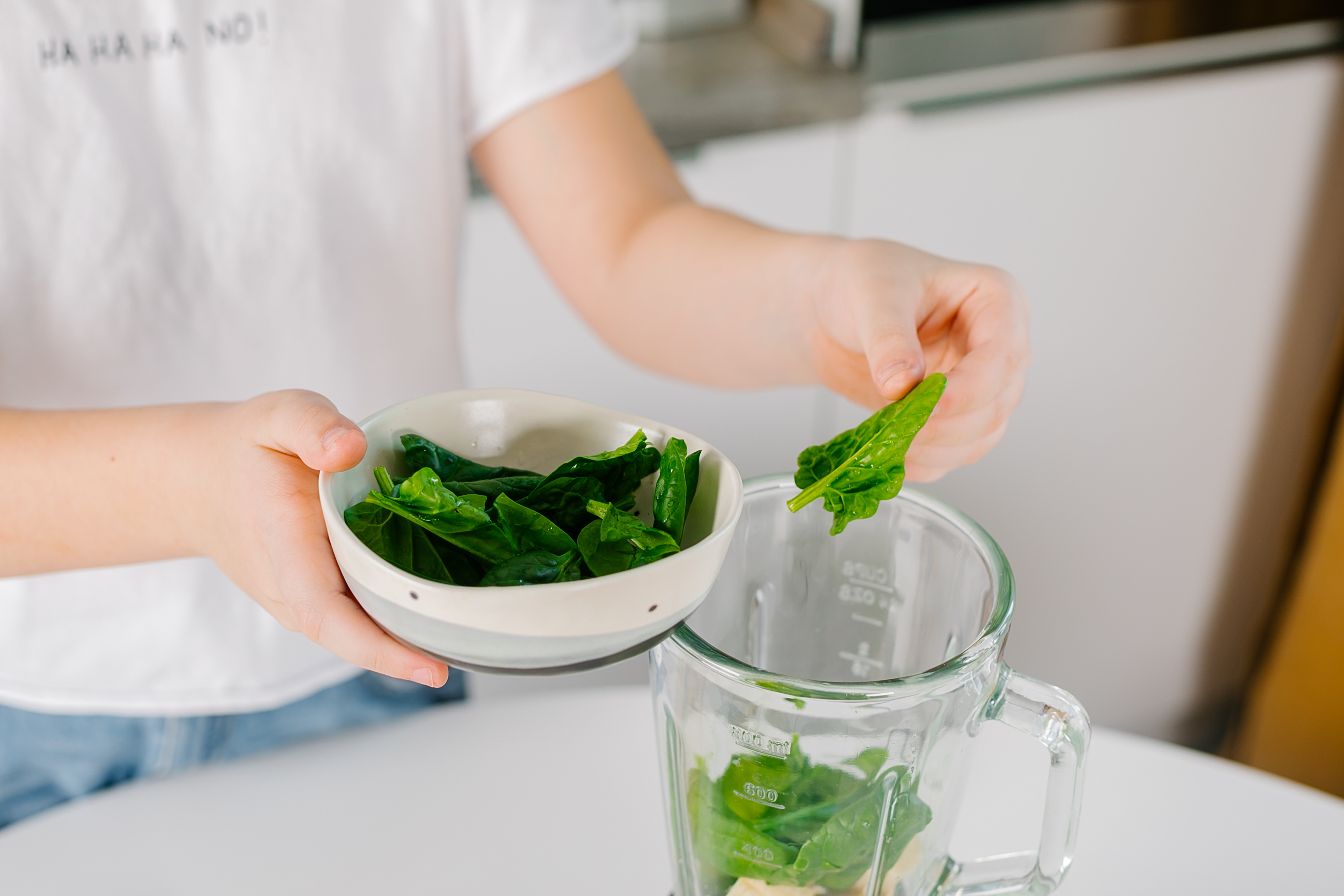
Mindful eating is a practice that extends the principles of mindfulness to the act of eating. By paying attention to the colors, textures, flavors, and smells of food, we can transform a routine activity into a meditative experience. By slowing down and savoring each bite, practitioners can develop a healthier relationship with food and their bodies. Additionally, mindful eating can serve as a bridge to other mindfulness practices, encouraging individuals to bring the same level of awareness and presence to all aspects of their lives.
8. The Power of Silence: Embracing Stillness
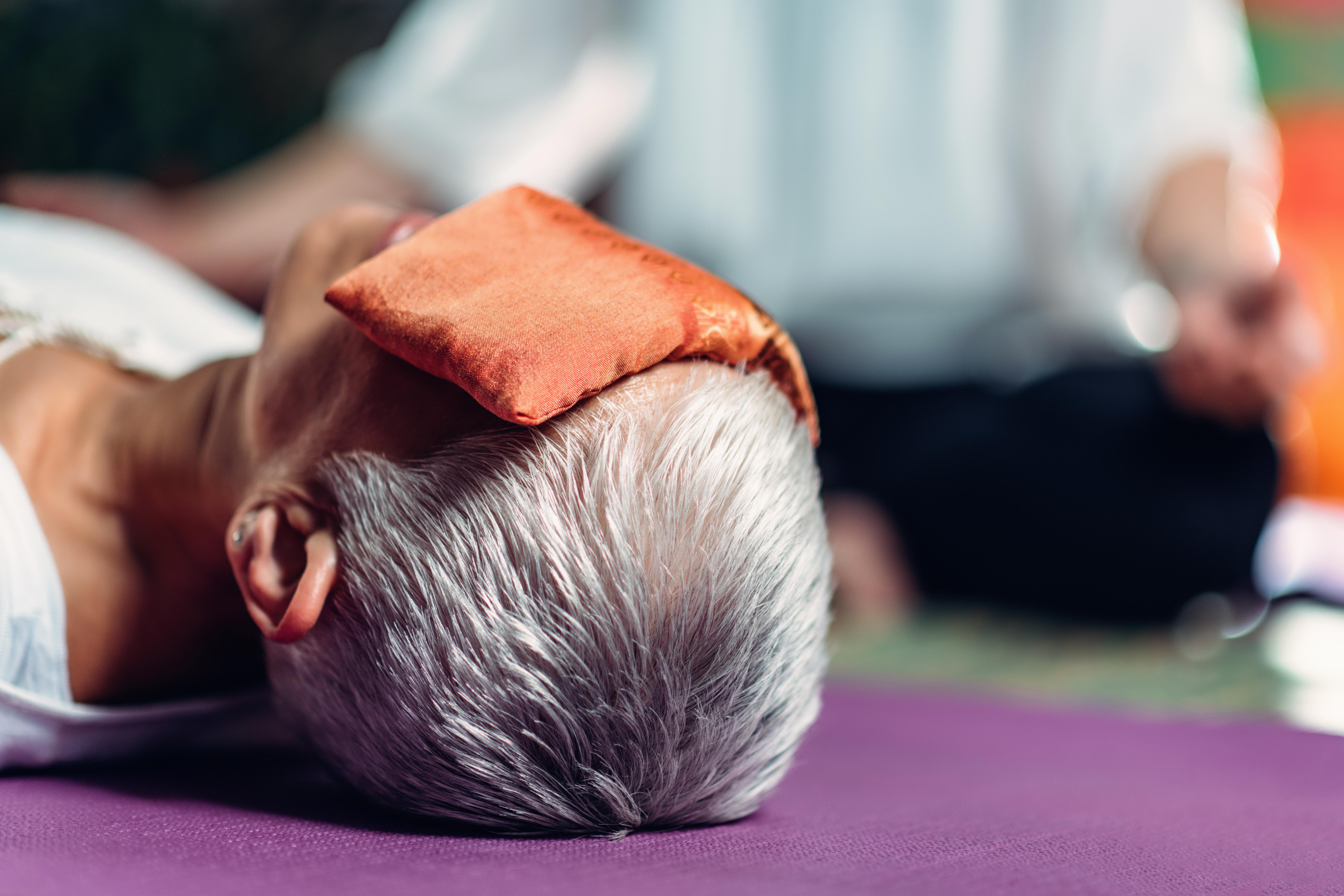
In a world filled with noise and constant stimulation, silence can be a powerful tool for cultivating mindfulness. Embracing silence allows us to tune out external distractions and turn inward, fostering a deeper connection with our thoughts and emotions. By spending extended periods in silence, practitioners can gain clarity, insight, and a renewed sense of purpose. Additionally, incorporating moments of silence into daily life, such as through silent walks or technology-free periods, can enhance mindfulness and promote a sense of peace and balance.
9. Cultivating Compassion Through Loving-Kindness Meditation

Loving-kindness meditation, also known as Metta, is a practice that focuses on cultivating compassion and empathy for oneself and others. By silently repeating phrases of goodwill and kindness, practitioners can develop a more positive and compassionate mindset. By extending compassion to all beings, including those with whom we may have conflicts, we can foster a sense of unity and understanding. This practice not only enhances personal well-being but also contributes to a more compassionate and harmonious world.
10. Integrating Mindfulness into Daily Life

While formal meditation practice is valuable, true mindfulness is about bringing awareness to every moment of life. To integrate mindfulness into daily activities, such as mindful walking, listening, and working is a practice in stillness and intentionality. By approaching each task with full attention and presence, we can transform mundane routines into opportunities for growth and self-discovery. By living mindfully, we can enhance our overall quality of life, fostering a sense of peace, purpose, and fulfillment.
11. Overcoming Challenges in Mindfulness Practice
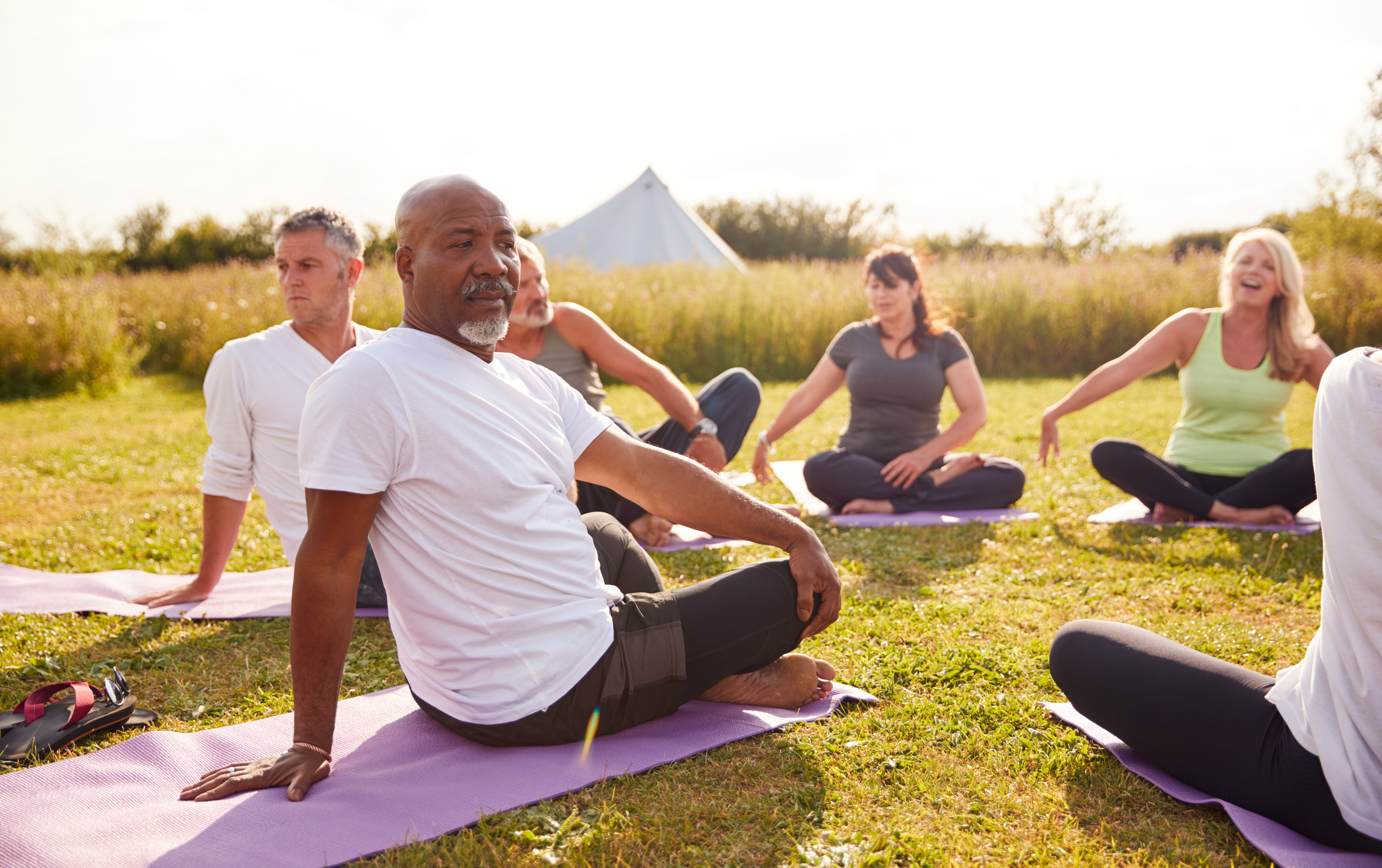
Despite its many benefits, mindfulness practice can present challenges, such as restlessness, boredom, or difficulty maintaining focus. Common obstacles to mindfulness exist but the strategies for overcoming them depends on what works best for each individual. By understanding that challenges are a natural part of the practice, practitioners can approach them with patience and curiosity, rather than frustration or self-criticism. By embracing challenges as opportunities for growth, practitioners can deepen their practice and cultivate greater resilience and self-compassion.
As we conclude this exploration of life-changing methods to elevate your mindfulness and meditation experience, it is important to recognize that mindfulness is a lifelong journey, not a destination. Each method discussed in this article offers a unique pathway to greater awareness, presence, and peace. By integrating these practices into your life, you can cultivate a more mindful and fulfilling existence, enhancing your well-being and enriching your relationships. Whether you are just beginning your mindfulness journey or seeking to deepen your practice, remember that each moment offers an opportunity to awaken to the present and embrace the beauty of life. With dedication and intention, mindfulness can become a guiding light, illuminating your path to a more meaningful and joyful existence.
